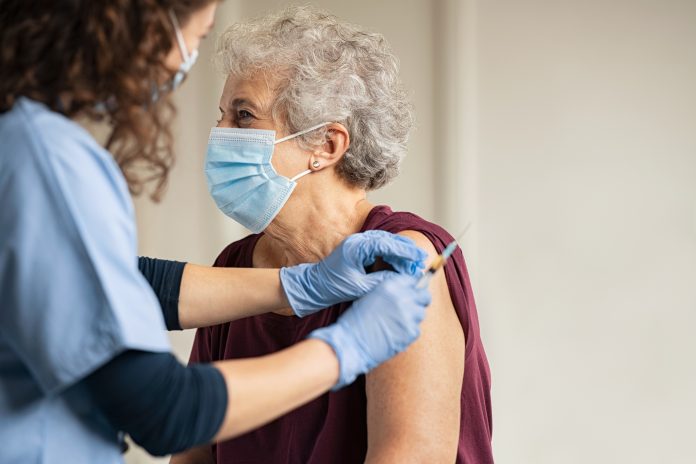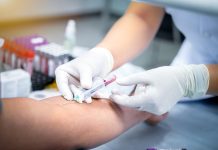A new OHE model shows that stopping annual autumn COVID-19 vaccinations could cost the UK economy £7 billion each year, highlighting the importance of continued immunisation
Stopping annual autumn COVID-19 vaccinations could cost the UK economy £7 billion annually, according to a new model from the Office of Health Economics (OHE). By factoring in hospital admissions, long-term health effects, and lost productivity, the study highlights the crucial role of vaccination programs in protecting both public health and the nation’s economy.
Investigating the total economic burden of COVID-19
The report, commissioned by Moderna, quantifies the total economic burden of COVID-19 over a one-year time horizon across four high-income countries – the UK, the Netherlands, Japan, and Australia.
The research concludes that without an autumn COVID-19 vaccination programme, the UK could face a total estimated economic burden of £7 billion per year. Of this total figure, £6.2bn falls on the national economy, and £0.8bn on the NHS.
Furthermore, 89% of the impact of COVID-19 on the national economy is linked to working-age adults (18-64).
The model highlights that, in addition to hospitalisations and deaths, non-hospitalised symptomatic cases may also contribute to lost productivity, including 24 million workdays lost to non-fatal illness and 130,000 future work-years due to premature deaths. These estimates are extrapolated from infection outcomes, not directly measured data.
Autumn COVID-19 vaccines: Key to saving lives and billions in the UK
Without annual autumn COVID-19 vaccinations, the NHS would face a substantial strain: COVID-19 could result in approximately 1.2 million hospital bed-days and over 3 million outpatient appointments. More than half of this burden would come from acute, severe cases requiring hospitalisation and follow-up care. While older adults remain at higher risk for severe outcomes, the overall pressure on the healthcare system would be almost evenly shared between working-age adults and older adults, accounting for roughly 45% and 50% of the total demand, respectively.
The data suggest that annual autumn COVID-19 vaccinations are linked with reductions in healthcare use and broader social impacts, including productivity losses and fewer fatalities.
Furthermore, the Annual autumn vaccination of people aged 65+ and those in high-risk groups is estimated to prevent thousands of hospitalisations, deaths, and reduce pressure on the NHS. The model translates these health benefits into economic savings of approximately £838 million a year. The report found that widening the vaccine to those in the general population aged 50+ and 18+ would increase the total savings to up to £1.1 billion and £1.8 billion per year, respectively.
Sian Hodgson, co-author of the report and Senior Economist at the Office of Health Economics, said: “Our analysis indicates that COVID-19 vaccination programmes are associated with a wide spectrum of socioeconomic benefits. Conditional on the model’s assumptions, we estimate that expanding eligibility to working-age adults could offset aggregate costs by up to £1.8 billion a year.”
“Investing in COVID-19 vaccines isn’t just about health; there are also associated economic benefits. Vaccines generate vast amounts of direct and indirect value. They help ease the burden on the NHS, and they protect the national economy by averting productivity losses and keeping the workforce healthy and in work.”








